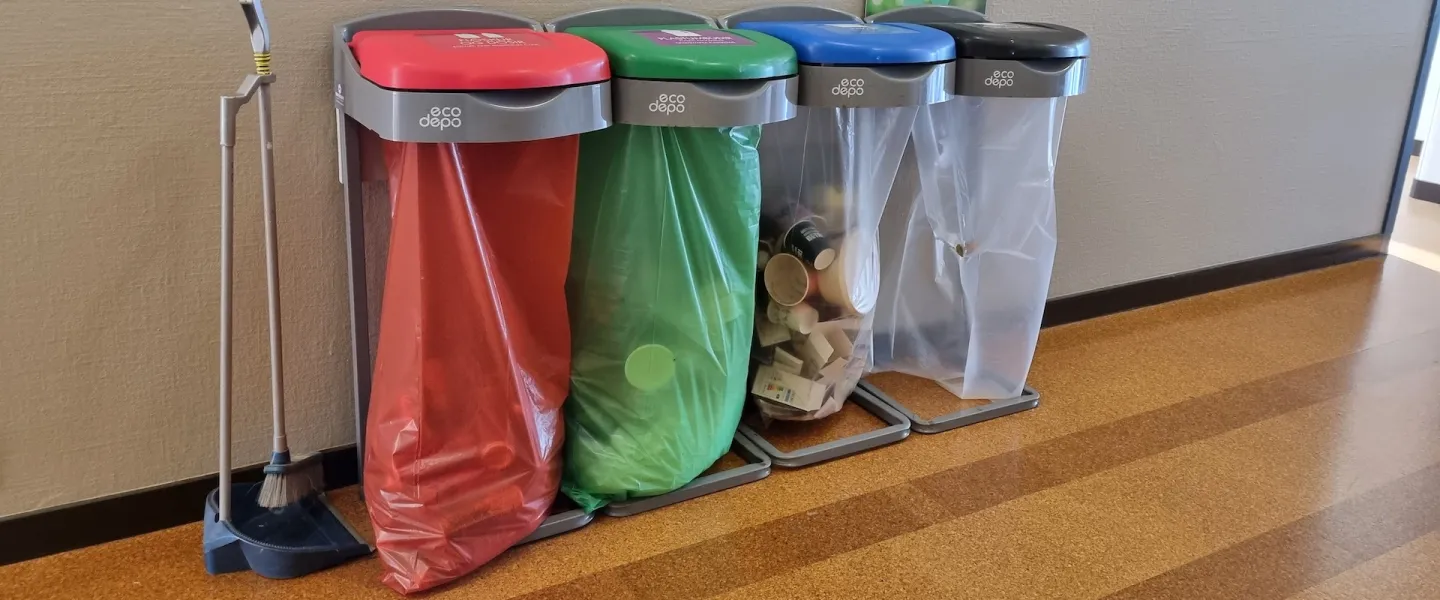
The University is a community of students and staff, and one of the largest workplaces in Iceland. This, of course, means high levels of consumption, and with consumption comes waste. Recycling our waste can reduce pollution.

The University is a community of students and staff, and one of the largest workplaces in Iceland. This, of course, means high levels of consumption, and with consumption comes waste. Recycling our waste can reduce pollution.
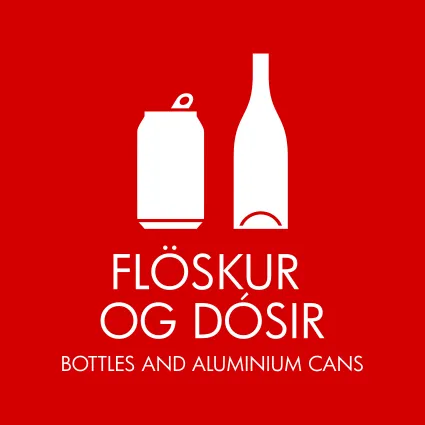
All bottles and aluminium cans should be placed in the red bag.
Common points of confusion:
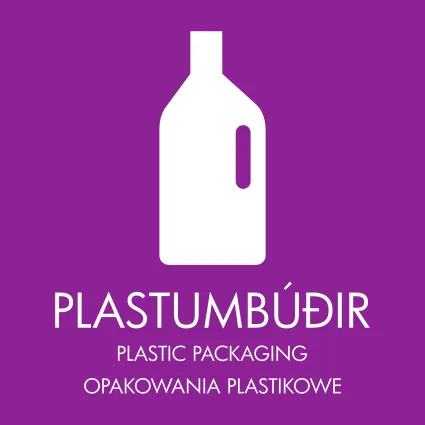
Common points of confusion:
If the packaging is labelled in the following way, it falls under these categories:
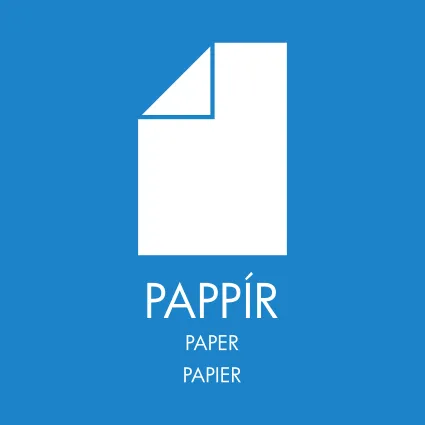
All clean paper products should be placed in the blue bag.
Common points of confusion:
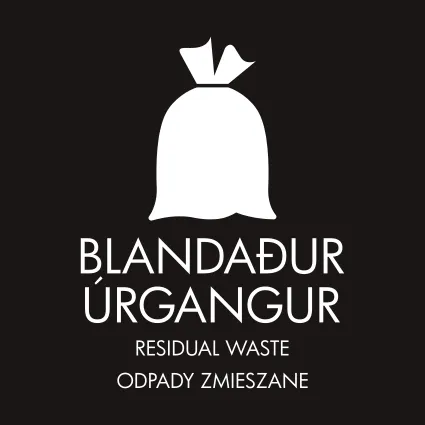
The black bag is for all non-recyclable waste, such as chewing gum, rubber and mixed materials, such as pens.
Try to use the black bag as little as possible. There are only a few things that should go there.
Note the exceptions!
Common points of confusion:
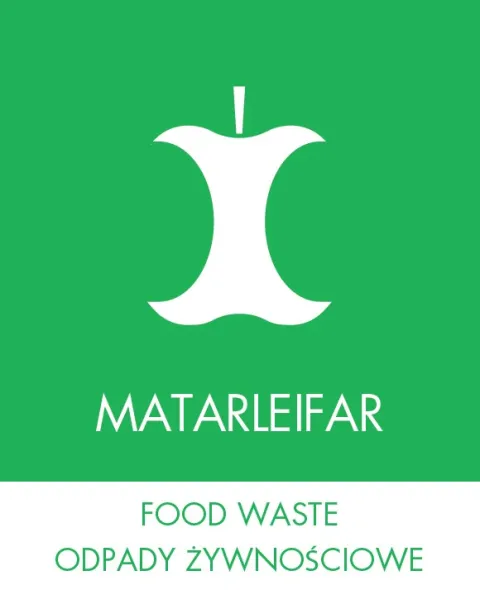
The organic waste bin is for food waste and paper napkins only - nothing else.
Common points of confusion:
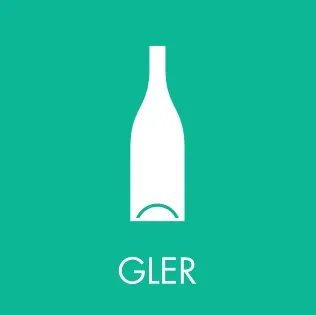
Examples of glass waste include jars and bottles without a deposit. Neither caps nor metal lids should go in the glass recycling.
If your department generates a large amount of glass waste, please contact a supervisor to arrange recycling or contact umhverfismal@hi.is to request a dedicated glass bin.
Common points of confusion:
There’s no need to remove labels or paper from glass jars or bottles. However, doing so is helpful.
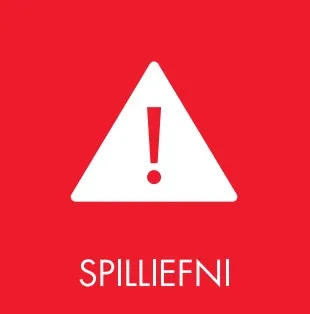
Proper handling of hazardous waste is a matter of safety and environmental concern. The University of Iceland is committed to upholding international regulations regarding environmental issues, pollution and hazardous substances.
Many of the chemicals used at UI are harmful to the environment, humans and animals. Therefore, all waste and hazardous substances must be categorised correctly and sent to recognised facilities for proper disposal.
On the University of Iceland's health and safety website, you can find information about the classification and disposal of hazardous waste.
Households often contain various hazardous waste items, such as cleaning bottles, light bulbs, spray cans, and chemical products.
Common points of confusion:
Chemicals stored in laboratories may be solvents, corrosive or flammable, even explosive. Sloppy working practices can lead to all kinds of accidents: poisonous gases may be formed, fires started or viruses escape.
Research and experiments demand careful, organised working practices. Carelessness or a moment's lapse could have serious consequences and cause significant harm, both to you and the environment.
On the website of Health and Safety of University of Iceland, you can find useful educational materials about research laboratories and the handling of hazardous chemicals.
The use and handling of chemicals can have an impact on the healthy and safety of individuals and the environment.

Examples of metals include tin cans, jar lids, aluminium foil, and tealight holders. The packaging needs to be clean.
If your department generates a large amount of metal waste, please contact a supervisor to arrange recycling, or reach out to umhverfismal@hi.is to request a dedicated metal bin.
Common points of confusion:
Previously, metals could be placed with plastics in the recycling bins at the University of Iceland, but now they should go in the black bag.

No textiles should go into mixed waste. All textiles are recycled. Even worn-out clothes can be reused, as they are recycled and used to produce items like rags and blankets.